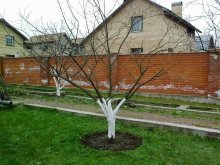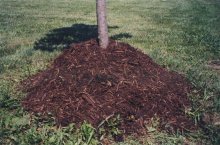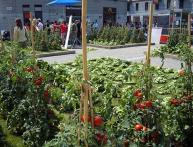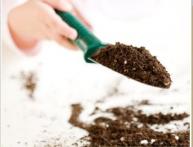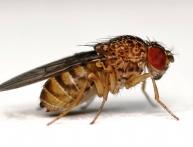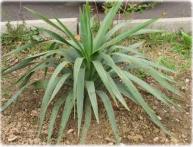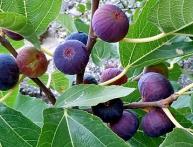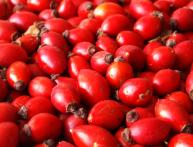Secrets of caring for apple trees in spring, basic recommendations for gardeners
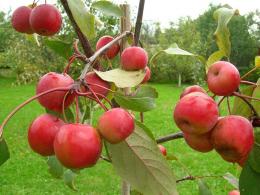
Most of all work on caring for apple trees occurs in the spring. It is at this moment that it is very important to carry out all the necessary processing and pruning. If you don’t do this, then have a good harvest. apples you can't wait.
Content:
- When and where to start
- Restoring damaged trees
- Formative pruning and whitewashing of trunks
- Pest treatment
- Protection from return frosts and fertilizing
When and where to start
Measures to care for apple trees begin after the temperature outside rises above 0°C. Usually there is still snow at this time, but the trees have already begun to wake up from winter hibernation and growth processes have begun to intensify in them. The first thing to do in the spring is to trample the tree trunk circles.
This will help prevent rodent damage to trees. Usually at this time, mice begin to eat the bark in search of food, especially young apple trees. Trampling snow should begin in early March; if this is delayed, rodents can cause very severe damage, which in some cases can even lead to the death of the tree.
In some years, the height of the snow cover becomes very high, so much so that the snow begins to reach the lower skeletal branches. In this case, it should be cleared immediately so that rodents cannot damage the delicate bark of the branches.
Restoring damaged trees
After winter, you can often see large branches breaking on apple trees. This usually happens during winter warming, when wet snow becomes too heavy and breaks branches. Most often, young apple trees and short standard forms of trees.
It is also very common to observe frostbite on small branches. To help the apple tree cope with these problems, you need to carry out sanitary pruning. They start it in March after the temperature stops dropping below - 10°C.
You can continue pruning until the buds begin to swell. It is worth inspecting the trunk of the apple tree for damage. If there is damage to the bark caused by rodents, they must be covered with garden varnish.
Frostbites can also be found quite often on apple trees. They look like dark spots on the bark. With very severe damage, the bark may even peel off. In this case, it must be removed to a healthy place, and the damage must be covered with varnish.
Formative pruning and whitewashing of trunks
In the spring, before the sap begins to flow, it is necessary to carry out formative pruning of apple trees in the garden. First of all, all diseased, dry and damaged branches are removed from the trees. Then proceed to formative pruning.
It is carried out on trees older than 7 years. To do this, cut out all the branches located on the top of the head. They still don't bear fruit. If the age of the apple tree does not exceed 3-4 years, then pruning is not carried out.
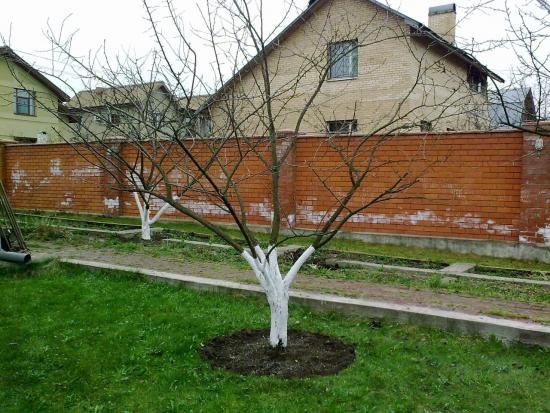
Also in the process of formative trimmings remove all branches growing inside the crown, especially those whose age ranges from one to 2 years.Attention! When pruning, in no case should you remove branches located closer to the surface of the earth, as well as those located in the middle tier; the bulk of the crop is usually located on them.
In February or early March, when the sun is already starting to warm up, it is necessary to whitewash the trunks. This will help avoid sunburn of the bark. Young trees especially need whitewashing. To do this, they are painted from the base of the trunk to the skeletal branches with water-based acrylic paint.
It reliably protects the trunk and stays on the bark for quite a long time. It is useless to carry out whitewashing after the snow has melted; it will serve a decorative function rather than a protective one. Also, apple trees whose age has exceeded 15 years should not be whitewashed; their bark has already become so coarse that it is not exposed to sunlight.
Pest treatment
In the spring, it is also very important to treat apple trees against pests. It should be started immediately after the first thawed patches appear in the tree trunk circle. At this time, special trapping belts are installed on the trunks, which effectively protect the apple trees from crawling pests.
This measure is especially helpful in the fight against the flower beetle weevil. Attention! When installing, the hunting belts must fit very tightly to the trunk. After installing the catch belts, it is necessary to spray the trees with preparations against pests and diseases.
The timing should be at the moment of bud break; usually the air temperature at this moment is already about 12°C. The following drugs can be used to kill pests:
- Fufanon
- Decis
- Spark
- Aktara
- Aktelik
Video about the most dangerous pests for apple trees and how to deal with them:
To combat diseases, it is recommended to use the following means:
- Horus
- Bordeaux mixture
- Score
- Strobe
Most of these drugs can be combined with each other. After flowering has ended, apple trees should be re-treated. In this case, it is worth focusing on the moment the ovaries appear. Right now pests begin their active work. Preference should now be given to biological defense drugs rather than chemical agents. For example, you can use the following:
- Bitoxibicillin
- Fitoverm
- Lepidocide
Spraying apple trees must be done in dry, windless weather in the evening. In most cases, two spring applications are sufficient to keep trees healthy throughout the season.
Protection from return frosts and fertilizing
When the flowering period begins, you need to make sure that the apple trees are not exposed to frost, otherwise all the color may crumble and then you may not expect a harvest. There are several ways to protect trees from frost.
With the help of water. If the forecast predicts frost at night, I recommend spraying the tree crown with water. This will partially reduce the negative impact of negative temperatures on trees.
Attention! This method of protection should absolutely not be used in windy weather, otherwise the effect will be exactly the opposite.
With the help of smoke. You can also protect flowering apple trees from return frosts using smoke. To do this, fires are made in the garden, in which straw, peat or rotten wood are placed. All these materials have the ability to smolder for a long time and emit a fairly large amount of smoke.
Also, for these purposes, you can make piles of sawdust or peat in advance, and drive a stake into their center.Before the threat of frost, it is removed and the pile itself is set on fire. Thanks to the hole in the center, the materials smolder for quite a long time and at the same time smoke heavily.
Top dressing this is the last thing apple trees need in the spring. To do this, in April, small holes are dug along the perimeter of the tree trunk circle, no more than 25 cm deep. Complex fertilizer is poured into each of them and covered with earth. This feeding is carried out no more than once every 2 or 3 years.
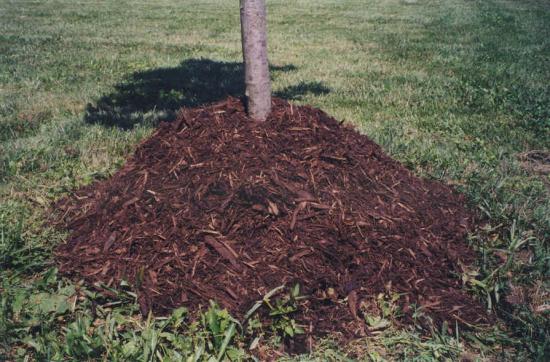
After the end of the flowering period, the trees are fed again. For this purpose, fertilizers of the phosphorus-potassium group are used. Attention! You should never feed apple trees by scattering fertilizer on the soil or snow. It still won't do any good. Since most of the fertilizers are washed away by melt water or used by weeds.

